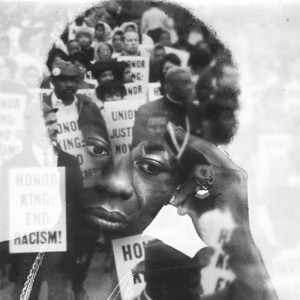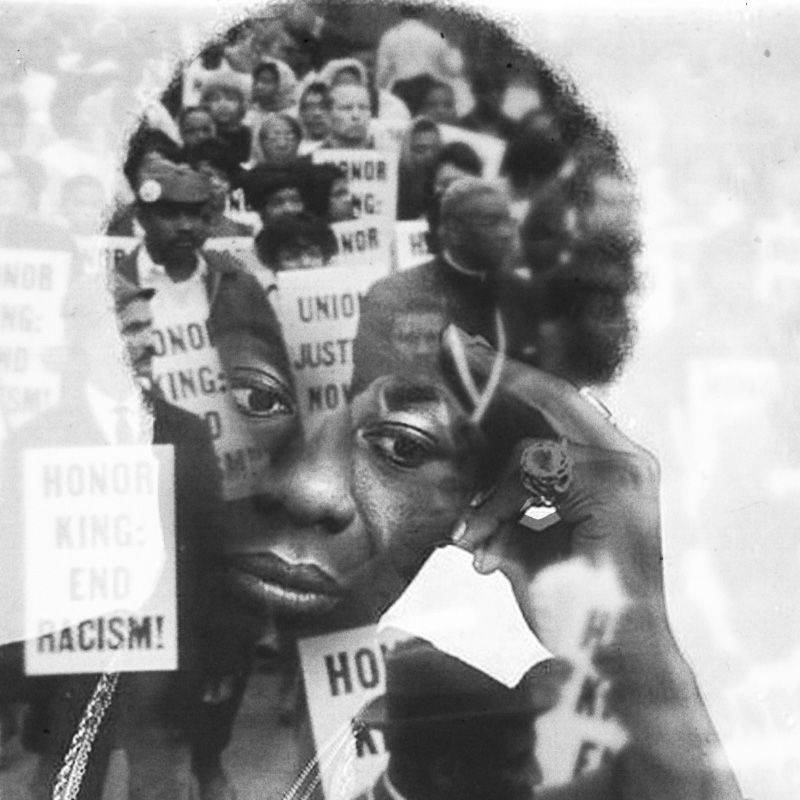To be young, gifted and black: ‘What happened, Miss Simone?’

struggles but also the struggles of her community during the Civil Rights Movement. Photo from Netflix.
The 2016 Academy Award Nominations were announced this month and to no one’s surprise the Academy has chosen to err on the side of exclusion once again. It seems that almost systematically directors and actors of color are snubbed from nominations year after year.
While #OscarsSoWhite appears to be as true this year as any other, the radical and heart wrenching “What Happened, Miss. Simone?” is up for Best Documentary alongside great pieces such as “Amy” and “The Look of Silence.”
The Netflix original documentary, directed by Liz Garbus, follows the life and times on the illustrious jazz musician Nina Simone through past recordings of her, her music and interviews with family and intimate friends. Simone’s story captures the struggles of fame, mental illness, abuse and the intersection of art and activism in a way that comes across as honest and personal to the viewer.
“The High Priestess of Soul,” as Simone has often been called turned the music industry upside down as soon as she came onto the scene in the 1950s. Her classical piano training and deep, haunting voice paired with exciting and soulful jazz motifs created a unique sound that was completely new. Once her first album was released, Simone was an instant success. Simone quickly married, had a daughter and bought a huge house in Mount Vernon, New York.
Everything in Simone’s life seemed perfect, but within the walls of her home she was battling with living with an abusive husband, one that she did not leave for many years, and the pressure of fame and success.
After the bombing of a Birmingham church in 1963 Simone’s life, and career, were changed forever. The event brought up a lifetime of repressed feelings and struggles she faced growing up black in the South and of trying to be a successful black musician. With the grief over the loss of black lives in America close to her heart, Simone first performed “Mississippi Goddamn,” a song that launcher her career as a civil rights activist and essentially ended it as a successful pop artist.
Simone spent a decade writing songs about the struggle of blacks in America and became close with many civil rights leaders like Martin Luther King Jr. and Malcom X. This documentary follows a lot of her life in that time including the aftermath of Simone’s radicalization as well as the loss of her livelihood and health.
The film is a sincere and bright portrayal of a woman who did and went through so much in her life. During the film it is hard not to feel as if you are in the room with Simone, especially during the footage of past interviews and performances. Viewers will want to cry, laugh and pull their hair out in frustration over the trials Simone and her daughter, Lisa, face.
In a time where it seems that many artist of color are rejected and ignored by the mainstream, it is important to celebrate black creators, both past and present. The story of Nina Simone’s life and work reminds us that the fight for equality is not won and that musicians and poets play a vital role in the push for social change.

